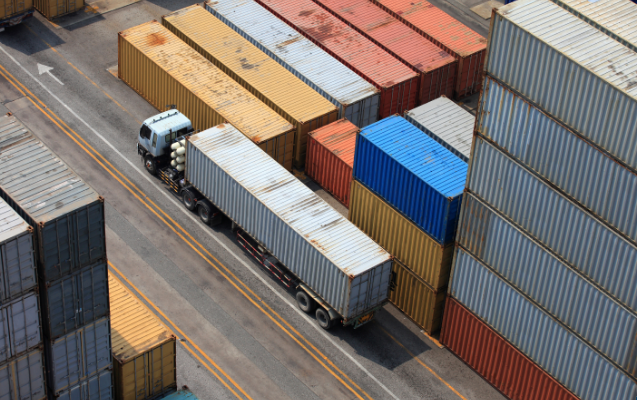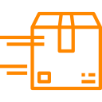Road Freight is the physical process of transporting cargo by road using motor vehicles. In this case, road is a lane/route between the point of departure and the point of destination.
Compared to other types of transport system such as sea and air, the cost of maintaining roads is cheaper. Road freight can be in certain cases, the only way of transport in/to rural areas where other mode of transports is not available.
Here’s a more detailed look at how it works:
1. Different Types of Road Freight:
-
Full Truck Load (FTL):
A truck is dedicated to carrying a single customer’s shipment, ensuring the entire truck space is used for that specific load.
-
Less Than Truck Load (LTL):
Multiple customers’ shipments are combined within a single truck, sharing space and potentially slowing down the delivery process.
-
Part Load:
Similar to LTL, but specifically for small or temporary moves, like student moves.
2. Steps Involved in the Road Freight Process:
-
Preparation:
This includes proper packaging to protect goods during transit, accurate labeling with essential information, and implementing security measures to prevent theft or tampering.
-
Loading and Dispatching:
Goods are loaded onto vehicles using appropriate techniques to maximize space and ensure even weight distribution. Safety checks are conducted, and dispatching protocols are followed to coordinate routes, departure times, and delivery schedules.
-
Transport:
The chosen vehicle, whether a box truck, articulated vehicle, or other specialized type, transports the goods across the road network.
-
Delivery:
The goods are delivered to the final destination, and the shipment is officially completed.
3. Advantages of Road Freight:
-
Cost-Effectiveness:
Road freight is often more cost-effective than other modes of transport, especially for shorter to medium distances.
-
Speed and Reliability:
It provides quick and reliable delivery services across urban and rural areas.
-
Flexibility:
Road freight offers flexibility in adapting to changing demands and specific customer needs.
-
End-to-End Tracking:
Shippers can track their goods throughout the entire journey, providing full visibility.
-
Accessibility:
Road freight can reach areas that other modes of transport cannot, making it a vital option for rural areas.



